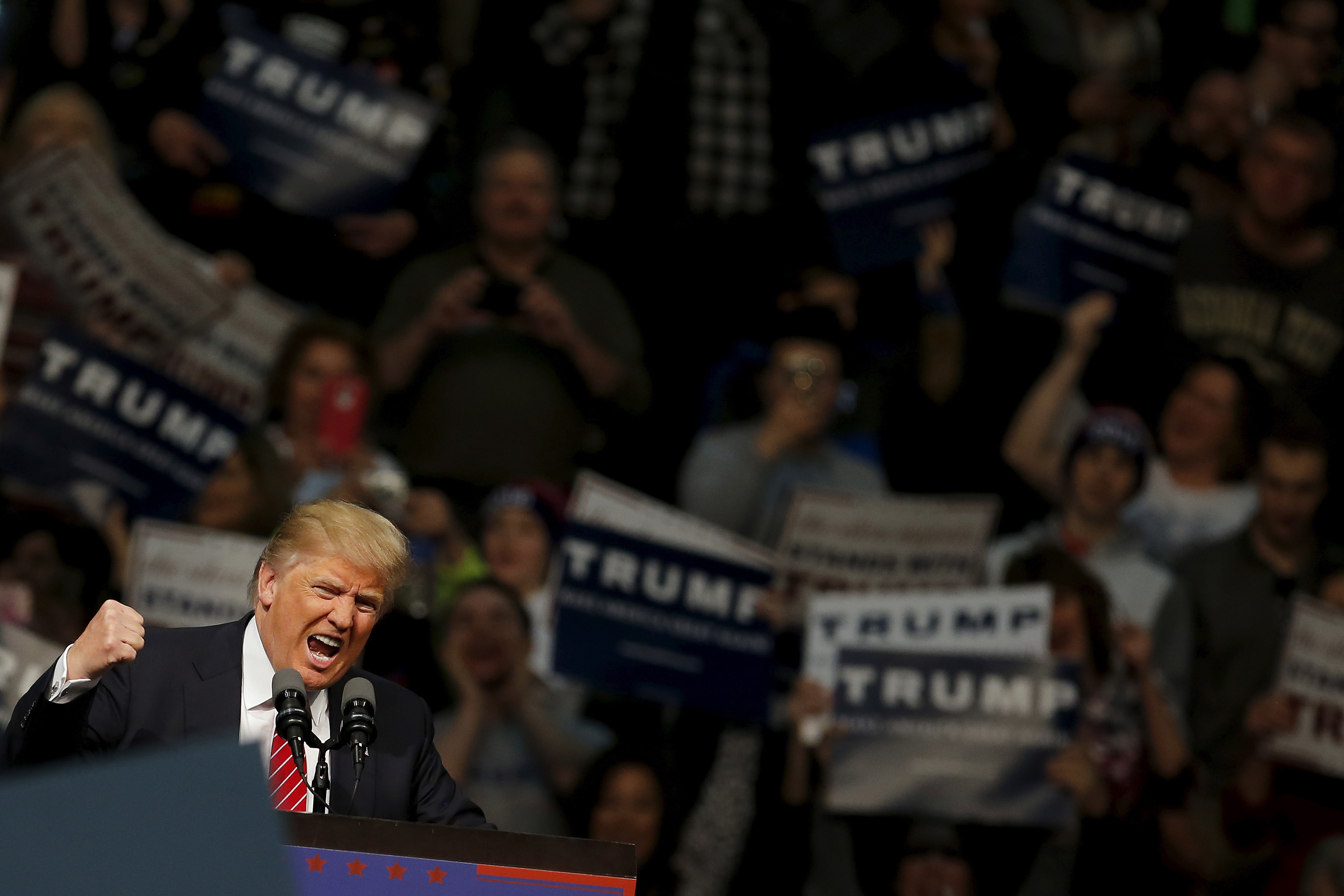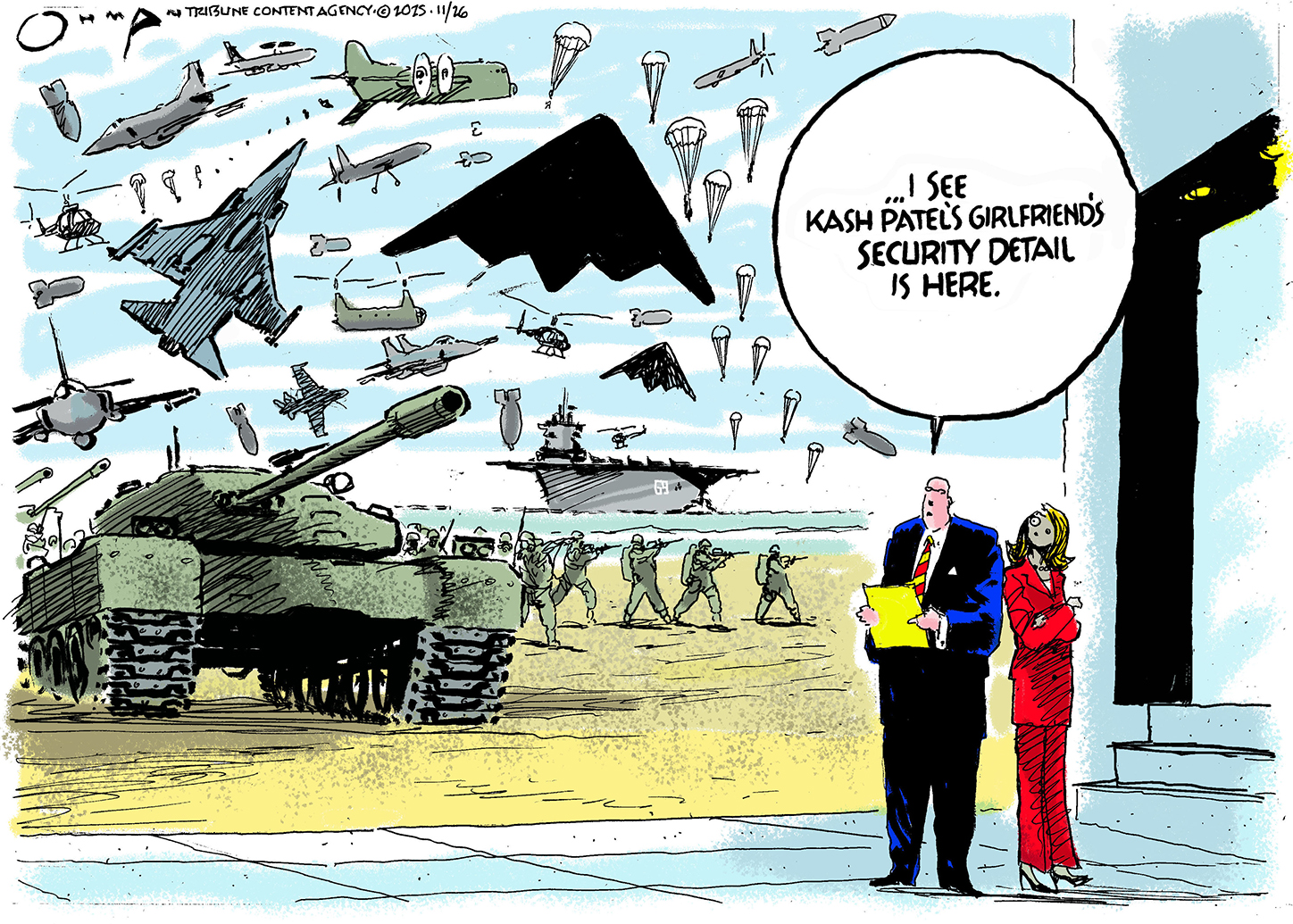How to make sense of the 2016 revolution
Everything in politics is changing. Here's how to stay grounded.


It's looking increasingly clear that 2016 is one of those fabled "realignment" elections, when the basic political orientations of the two parties change drastically. On the right, Donald Trump has proved that a great many conservative voters have little if any attachment to the brutal tax- and government-slashing libertarian economic policy that has defined Republican Party orthodoxy since 1980.
While things are a bit more stable on the left, Hillary Clinton — who began the primary campaign with more advantages than any non-incumbent since at least 1932 — has had to fight hard to beat back a challenge from a little-known leftist challenger from the second-smallest state in the nation (and the race is far from over).
At such a time, when history is palpably being made for better or for worse, it's hard to keep a sense of perspective. It's doubly hard when traditional political observers and pundits are patently wrong-footed by events. When the "data journalists" spent the entire summer in abject denial about Trump, and have been subsequently destroyed in primary winner predictions by the upstart Carl Diggler, whose analysis rests on "gut, conventional wisdom, and personal experience," one must turn elsewhere for the first draft of history.
The Week
Escape your echo chamber. Get the facts behind the news, plus analysis from multiple perspectives.

Sign up for The Week's Free Newsletters
From our morning news briefing to a weekly Good News Newsletter, get the best of The Week delivered directly to your inbox.
From our morning news briefing to a weekly Good News Newsletter, get the best of The Week delivered directly to your inbox.
Enter Sam Knight and Sam Sacks, gimlet-eyed proprietors of the District Sentinel, with a new book of 12 essays about the events of 2015 — one for each month, called We Don't Have an Endless Amount of Time. (Full disclosure: I am personally acquainted with both Sams.) It's a brief, funny, and a great recap of the run-up to the 2016 earthquake. In times like these, it turns out cynical leftist bombthrowers are the most reliable political journalists.
It's hard to remember the climate of April of last year, when Bernie Sanders launched his primary campaign during his lunch break, to guffaws from the political press. "A Doc Brown-looking guy with an '80s folk album and a whole lot to say about marginal tax rates," as the Sams write, he was a completely ludicrous challenger to the titanic Clinton machine, sure to be ground into pulp.
Sanders still trails Hillary Clinton in the delegate count, but he has gained massive credibility for closing most of a 50-point deficit in the polls and for notching convincing victories in some primary contests, from liberal and very white New England to Oklahoma and Colorado. He has demonstrated there is a substantial constituency for a more ideological left-wing perspective within the Democratic Party — particular among youth, who he has won by eye-popping margins. Sanders is the future of the party.
It's also easy to forget the incredible speed with which Black Lives Matter has gained enormous mainstream traction. In less than two years, "the idea that police, perhaps, shouldn't be encouraged (tacitly or otherwise) to act like Falangist paramilitaries began to gain currency in Washington for the first time since the Reagan administration," the Sams note acidly. Now even Hillary Clinton is constantly talking about racism, police violence, and even draping herself in leftist jargon like intersectionality.
A free daily email with the biggest news stories of the day – and the best features from TheWeek.com
I'd bet my left arm that use is wholly cynical, but the fact that Clinton feels the need to adopt it is striking. And as the Sams note in a later chapter, even Republicans have begun to come around on mass incarceration. The politics of crime — formerly the beating heart of conservative rhetoric — has almost turned around.
The Trump insurgency does get coverage, but a more interesting figure raised by the Sams is Speaker of the House Paul Ryan — remember him? Before Trump, the failure of John Boehner to control his caucus in the House was a nearly constant feature of politics. Time was, the conservative elite's refusal to level with their base about the limits of their power with a Democratic president was expressed by repeated hostage crises as spending bills or the debt limit came up. But now, the House caucus is basically quiescent, and Speaker Ryan has managed to re-instate something roughly approximating regular order.
Instead, the fury of the conservative base is expressed by Trump's gleeful destruction of the conservative political coalition. Before today, Republicans had tacitly agreed that the priorities of the donor class — deregulation and massive tax cuts for the rich — got top billing in the party platform. Trump, by contrast, suggests that the problem with government is that he is not in charge — and his overt prejudice blows apart conservative intellectuals' glib denial that a large part of their political support rested on some combination of racism, nationalism, and economic desperation.
It's remarkable how easy it is to lose sight of fundamental political shifts these days. I'm not sure whether it's the rapid pacing of crazy events, or the endless blizzard of today's social media-fueled campaign coverage, or some of both. But in any case, when future books are written about the 2016 re-alignment, We Don't Have an Endless Amount of Time will be a good place to start.
Ryan Cooper is a national correspondent at TheWeek.com. His work has appeared in the Washington Monthly, The New Republic, and the Washington Post.
-
 Political cartoons for November 29
Political cartoons for November 29Cartoons Saturday's political cartoons include Kash Patel's travel perks, believing in Congress, and more
-
 Nigel Farage: was he a teenage racist?
Nigel Farage: was he a teenage racist?Talking Point Farage’s denials have been ‘slippery’, but should claims from Reform leader’s schooldays be on the news agenda?
-
 Pushing for peace: is Trump appeasing Moscow?
Pushing for peace: is Trump appeasing Moscow?In Depth European leaders succeeded in bringing themselves in from the cold and softening Moscow’s terms, but Kyiv still faces an unenviable choice
-
 Has Zohran Mamdani shown the Democrats how to win again?
Has Zohran Mamdani shown the Democrats how to win again?Today’s Big Question New York City mayoral election touted as victory for left-wing populists but moderate centrist wins elsewhere present more complex path for Democratic Party
-
 Millions turn out for anti-Trump ‘No Kings’ rallies
Millions turn out for anti-Trump ‘No Kings’ ralliesSpeed Read An estimated 7 million people participated, 2 million more than at the first ‘No Kings’ protest in June
-
 Ghislaine Maxwell: angling for a Trump pardon
Ghislaine Maxwell: angling for a Trump pardonTalking Point Convicted sex trafficker's testimony could shed new light on president's links to Jeffrey Epstein
-
 The last words and final moments of 40 presidents
The last words and final moments of 40 presidentsThe Explainer Some are eloquent quotes worthy of the holders of the highest office in the nation, and others... aren't
-
 The JFK files: the truth at last?
The JFK files: the truth at last?In The Spotlight More than 64,000 previously classified documents relating the 1963 assassination of John F. Kennedy have been released by the Trump administration
-
 'Seriously, not literally': how should the world take Donald Trump?
'Seriously, not literally': how should the world take Donald Trump?Today's big question White House rhetoric and reality look likely to become increasingly blurred
-
 Will Trump's 'madman' strategy pay off?
Will Trump's 'madman' strategy pay off?Today's Big Question Incoming US president likes to seem unpredictable but, this time round, world leaders could be wise to his playbook
-
 Democrats vs. Republicans: who are US billionaires backing?
Democrats vs. Republicans: who are US billionaires backing?The Explainer Younger tech titans join 'boys' club throwing money and support' behind President Trump, while older plutocrats quietly rebuke new administration
